Irrigation FAQs
A complete guide for answering the questions on our Irrigation Designer Form. You can read through the page or use the links below to click straight to the question you're interested in. Fill out our Irrigation Designer Form here.
Click straight to your question:
-
Flow Rate: How many seconds does it take to fill a bucket?
-
What is your intended water source?
-
What level of automation would you like?
-
Is your house more than 20 years old?
-
For Turf Areas: Subsurface Drippers or Sprinklers?
-
What type of soil do you have?
-
Other Questions
Flow Rate: How many seconds does it take to fill a bucket?
.png) To design a functional irrigation system for you, we need to know how many litres of water per minute are available on your property. This helps us to know how many and what kind of sprinklers we can put on a line.
To design a functional irrigation system for you, we need to know how many litres of water per minute are available on your property. This helps us to know how many and what kind of sprinklers we can put on a line.
How to conduct a bucket test:
- With a bucket and a stopwatch (use your mobile phone), go to the tap or water source your irrigation system will connect to.
- Place your bucket under the tap. Turn the tap on all the way and at the same time, start your stopwatch.
- When the bucket is full, turn the tap off and stop the stopwatch.
- Record the time it takes on the Irrigation Designer form, along with the size of the bucket.
We will need the size of the bucket in litres and the time taken for it to reach its capacity in seconds to work out the flow rate. You can provide this information on the Irrigation Designer Form.
What is your intended water source?
We need to know some information about the water source you're going to use for the irrigation system. This is important so that we supply you with the right connection fittings. Generally, you'll have either a tap attached to your house, a free-standing tap in your yard, or a ball valve sitting in a valve box that a plumber installed for you. If your water source is not one of these options, select "other" in this section of the Irrigation Designer Form and provide details if possible.
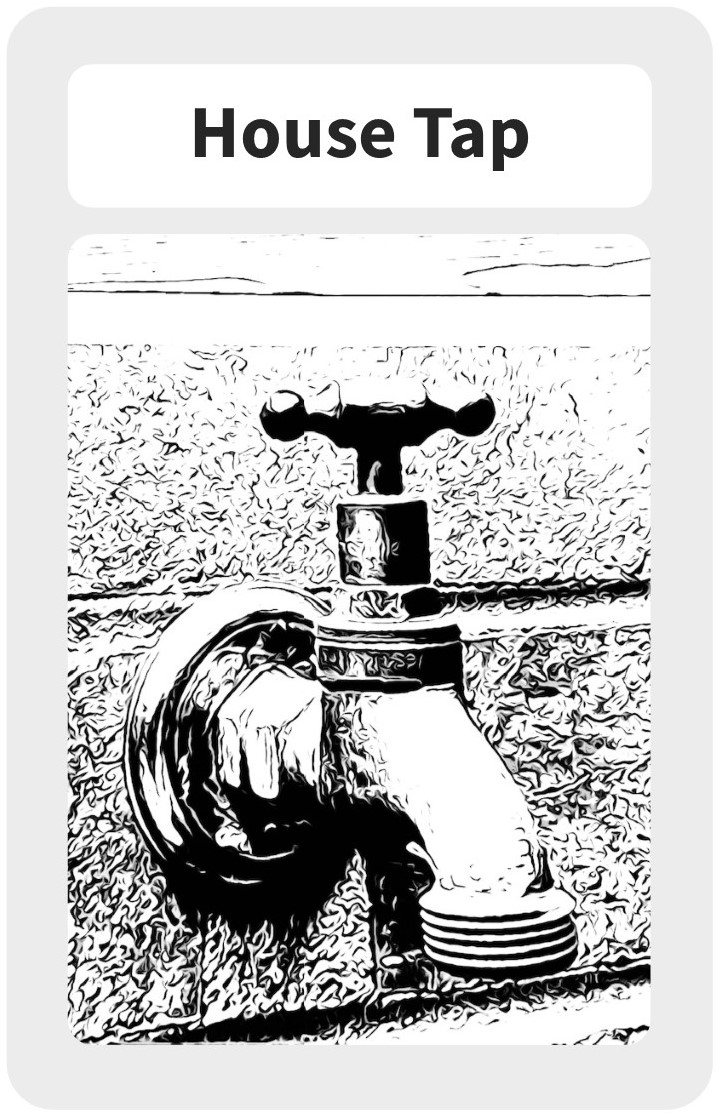
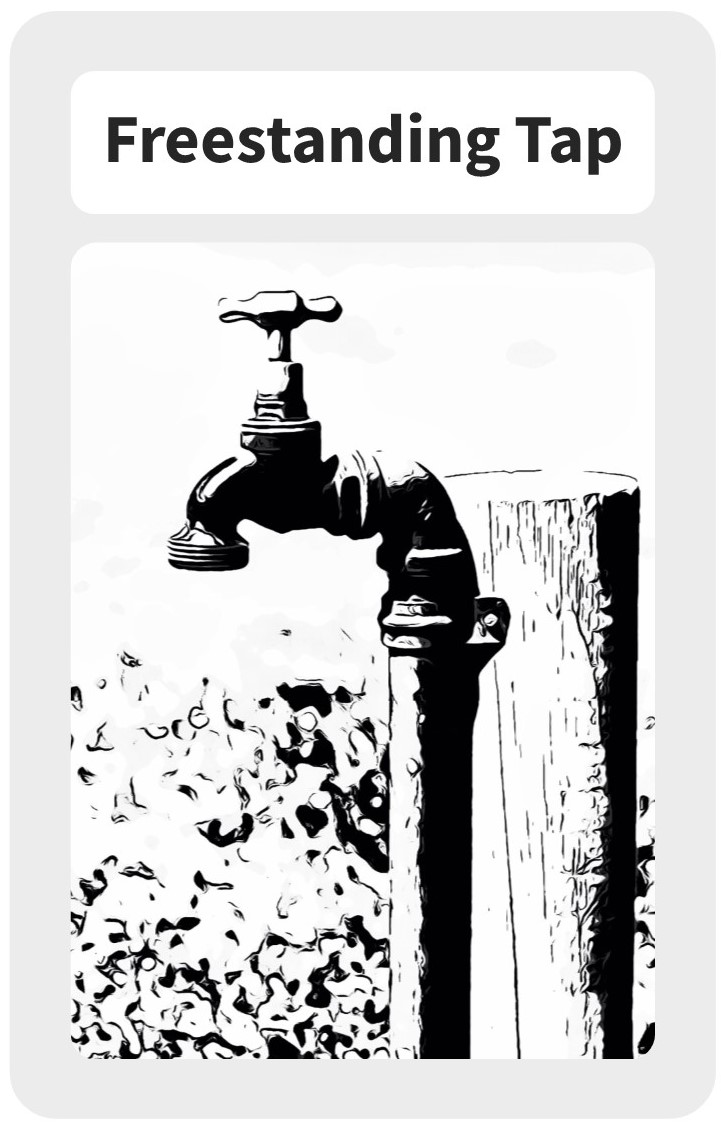
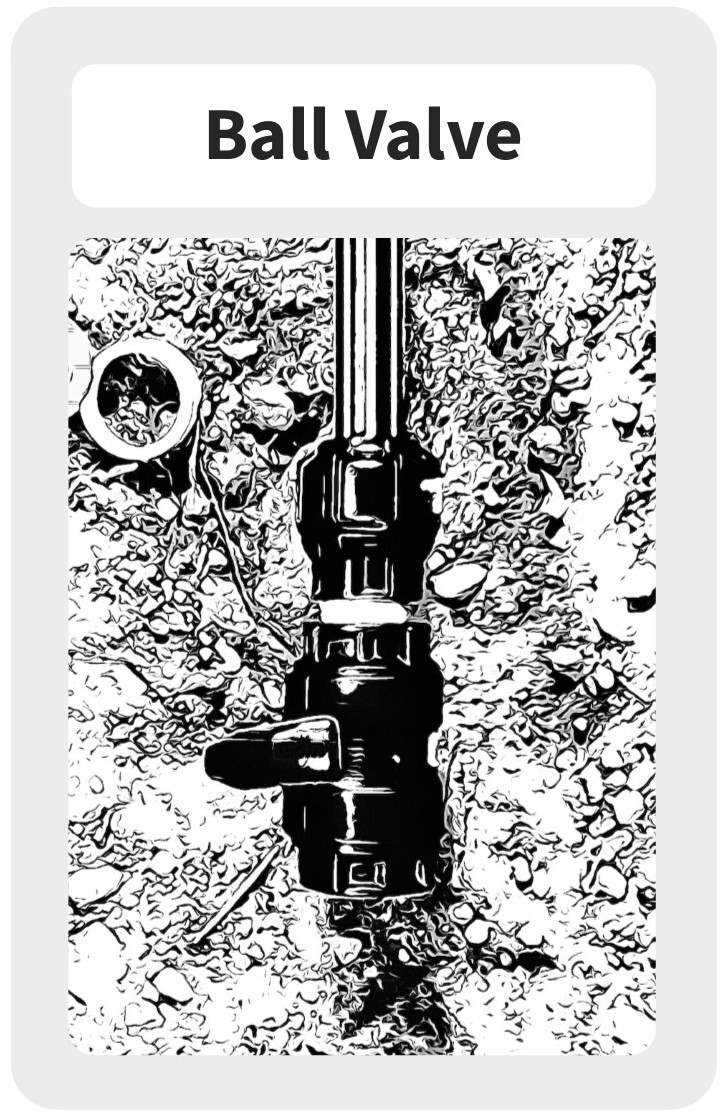
What level of automation would you like?
The way your sprinkler system operates can vary greatly, from a manual system that you turn on yourself to an automated system that you operate from a smartphone. Below are some options for you to consider, along with some approximate pricing. It is difficult to give approximate pricing guides for automation, especially when it comes to larger systems. In that way, the prices we've given here are meant to be a helpful guide so that you can get an idea of the differences in cost between each option rather than a quote.
This will hopefully help you decide which option to tick when filling out your irrigation designer form.
The costs below are for the automation elements only rather than the whole system. Skip to a summary below, or read through the details.
No Automation
Manual Tap Timer
.png)
Digital Tap Timer
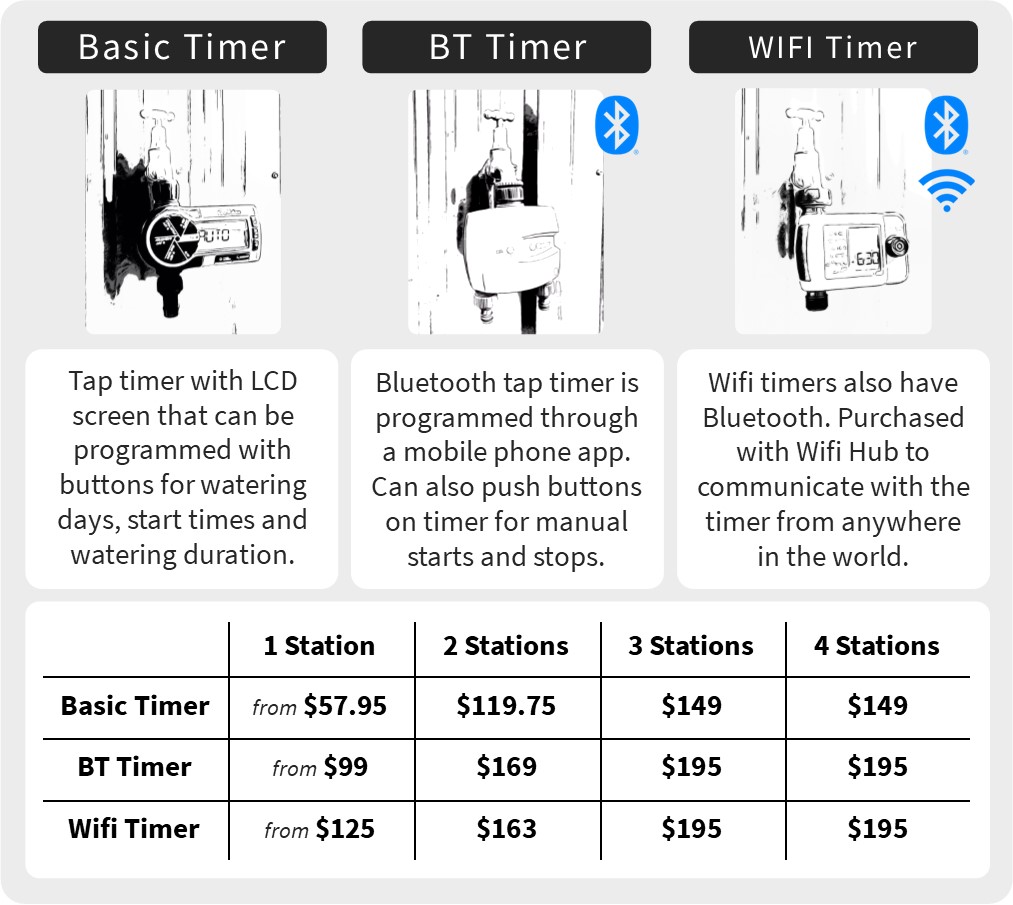
Full Automation
.jpg)
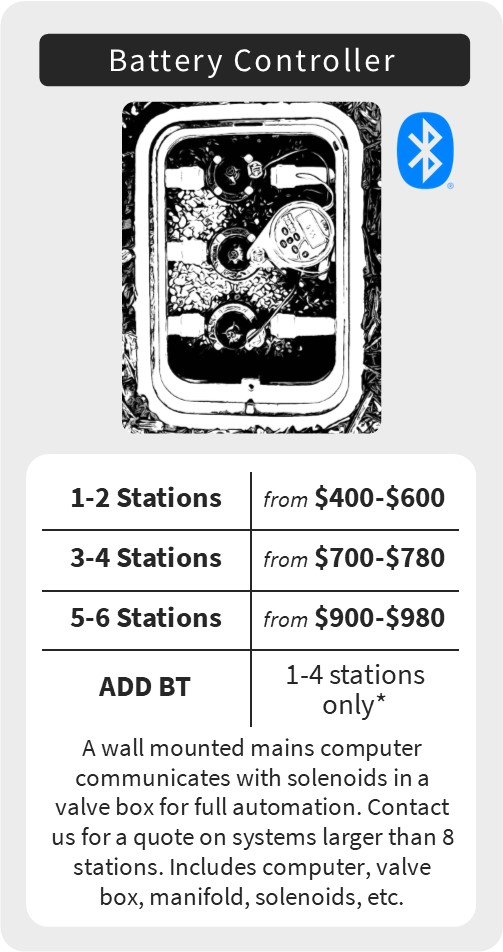
*the cost of adding Bluetooth to fully automated battery controller stations varies between stations. Expect at least $15-$20 extra.
Features Summary
Use this table to compare the differences between all of the options
Automation Advantages and Disadvantages
Is your house more than 20 years old?
Houses that are more than 20 years old may require a pressure limiting valve for automation with a tap timer. This is because tap timers have a maximum operating pressure, and exceeding it can damage your new irrigation controller. Houses that are younger than 20 years will most likely have a boundary pressure limiting valve already installed, which will save you money by not installing a second one.
For Turf Areas: Subsurface Drippers or Sprinklers?
It can be hard to know which type of watering system is best for you. You can choose between subsurface drippers or pop-up sprinklers. Both are highly effective and have been proven to work successfully for decades. Both can also be installed as a DIY project without much, or even any, irrigation experience. One isn't necessarily better than the other, but you may find one type suits you better. We put together some information to help you decide which is best for you.
Pop-up sprinklers
Pop-ups are the most common method of watering your lawn. There are a few different types, including traditional spray sprinklers, water-efficient stream rotors and gear drive sprinklers. For residential use, stream rotors are the most popular. Click here to read about the differences in sprinkler types.
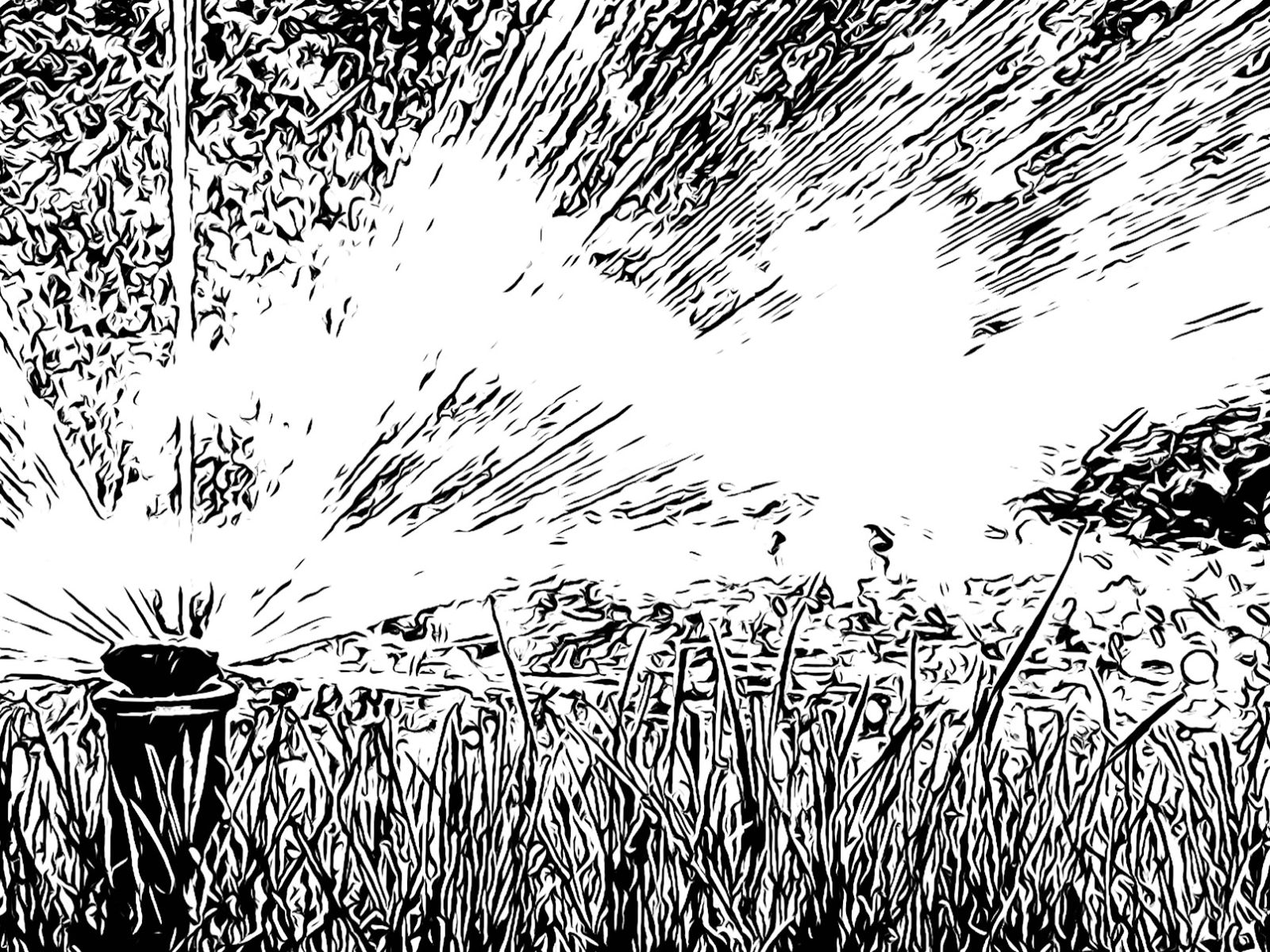 ADVANTAGES
ADVANTAGES
- Easy to install (can be done by most people)
- Cheaper than subsurface drippers, about half the cost.
- Due to spraying water from above, sprinklers make it easier to water in fertilisers and chemicals.
- You can see where the water is going
DISADVANTAGES
- Higher water consumption than subsurface drippers
- Water can be blown around by the wind, can evaporate and can more easily run off
- May have overspray into areas you don't want water (decks, paths, pools, driveways, etc)
COST
The cost of pop-ups will vary according to the size of your area and the type of sprinkler installed. Sprinkler nozzles like MP Rotators and Rainbird RVANs are most commonly used in residential areas. While they come at a slightly higher price than traditional pop-ups and domestic gear drives, they make up for it in water efficiency and versatility.
For approximate costs of automation, head to our Levels of Automation section.
Sub Surface Drippers
This is where a network of pipes is installed about 100mm underneath your lawn. Sometimes you'll hear that underground dripper systems don't work and are unreliable. We've heard this too; however, this opinion comes from instances where the system hasn't been installed correctly or the wrong type of pipe has been used. Subsurface systems work exceptionally well when done properly.
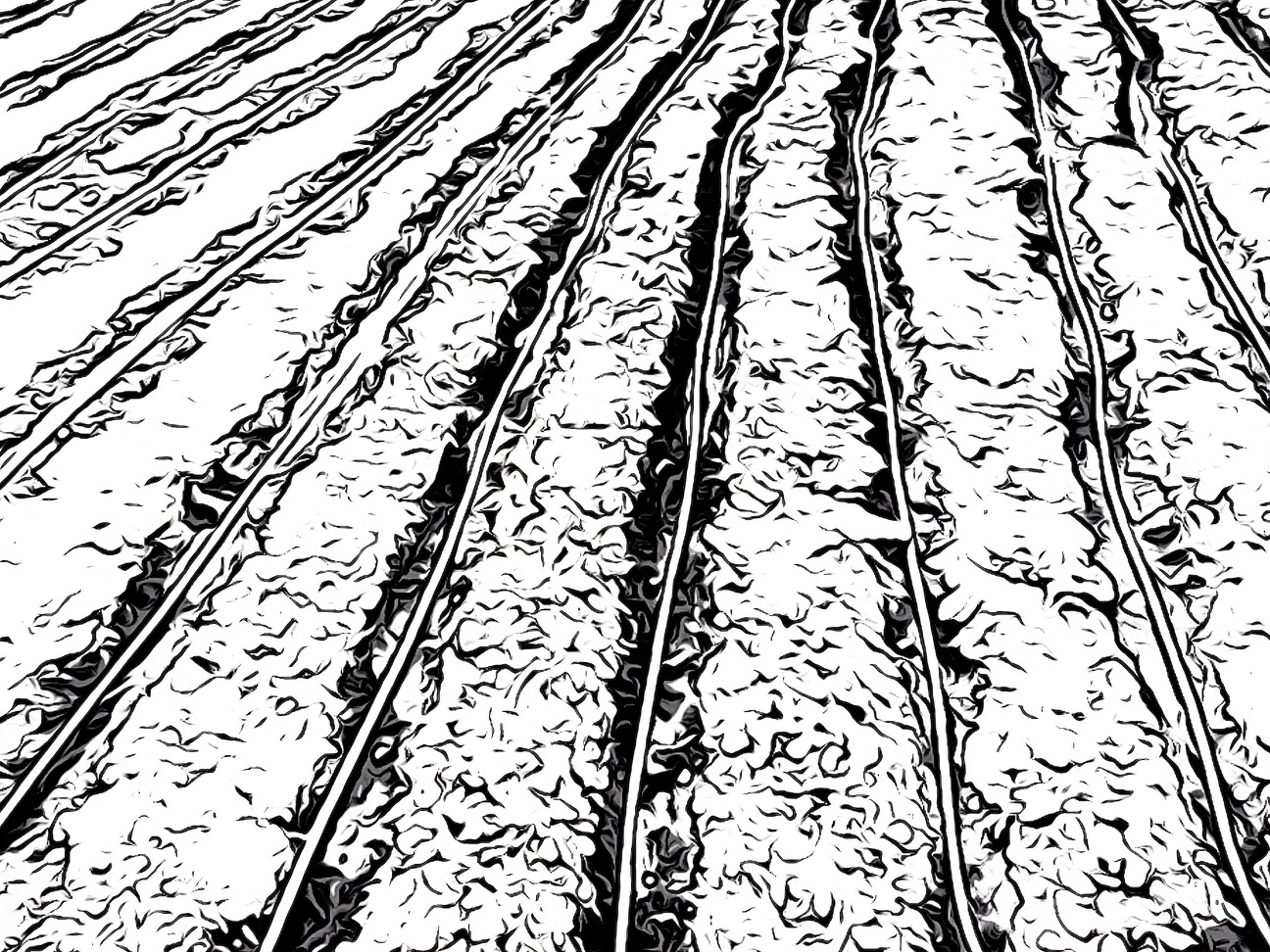 ADVANTAGES
ADVANTAGES
- Highly water efficient. The same job of watering your lawn will require less water, as it is delivered directly to the root zone
- More suitable in windy areas as there is no surface water to blow around
- Better for sloping areas because there is no runoff
- Very little evaporation
DISADVANTAGES:
- Up to twice the cost upfront of pop-up sprinklers (however the cost can be justified by water savings)
- You can't see when the water is on
COST
Subsurface drippers save money in the long term through less water consumption. In the short term, they can be up to twice the price of pop-up sprinklers. When the right kind of dripper pipe is installed, the advantages of drippers certainly make them worth considering.
For approximate costs of automation, head to our Levels of Automation section.
GO BACK TO TOP
What type of soil do you have? (Subsurface drippers systems only)
The type of soil beneath your lawn will affect the rate at which water moves through it. For example, water travels further in clay soil than it will in sandy soil. Soil type is an important consideration when designing a dripper system - it determines how close the drippers need to be to each other.
How to tell the difference:
- Dig a soil sample from your lawn and wet it with a small amount of water
- Squeeze the sample in your hand. If it;
- Forms a sausage shape that can be bent without it breaking easily, you have a clay soil
- Forms a sausage shape that breaks when bent, you have a loam soil
- Crumbles when you try to clump it together, you have sandy soil.
- It doesn't have to exactly fit into one of these three categories; just choose the closest option to what you observe.
- If you are still unsure or would like confirmation, our team can help you out. Bring a dry sample into our shop on Brighton Road, and we can help determine what kind of soil you have.
I have other questions. Who can I contact?
Visit us: 358 Brighton Road, Hove SA
- Open 8:30-1700
- Monday through to Saturday (public holidays may differ)
Call us: 8298 0555
Email us: water@paulmunnsinstantlawn.com.au
Our team would love to help you out and walk you through your options.


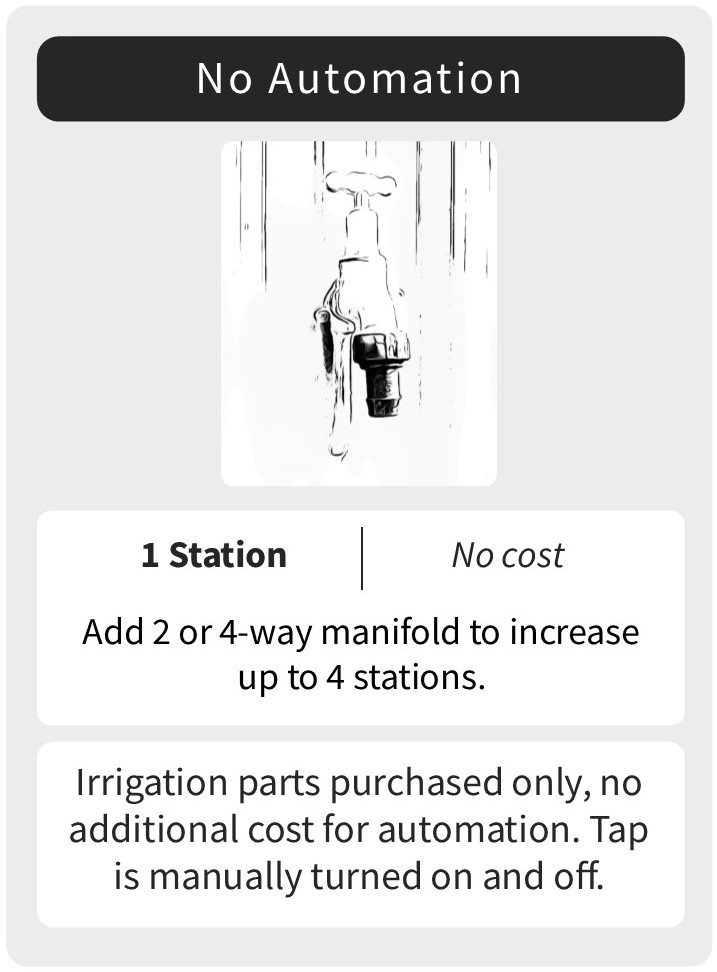
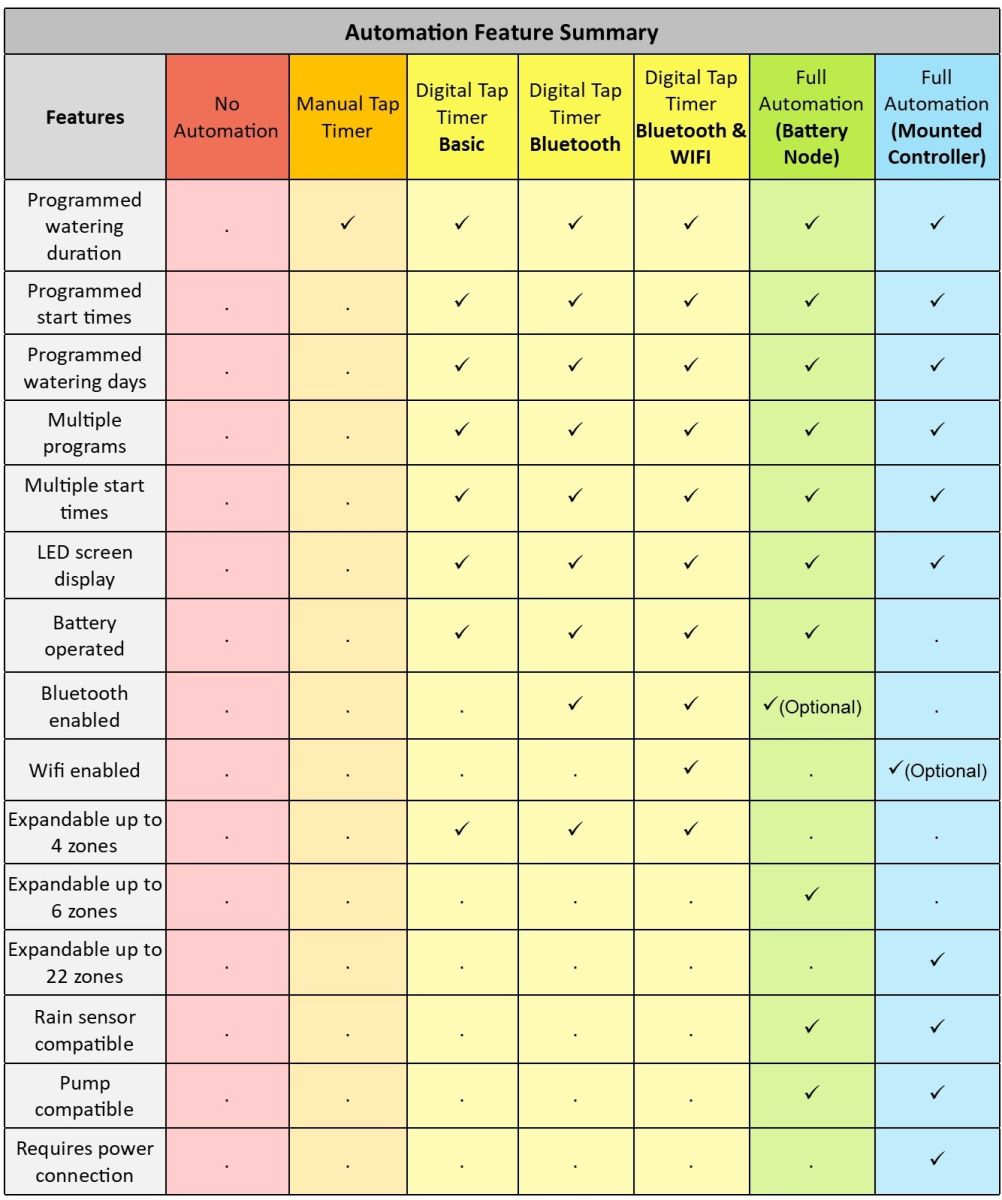
.jpg)